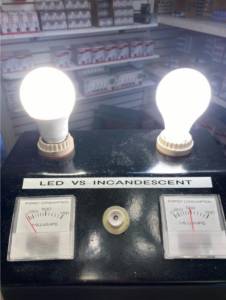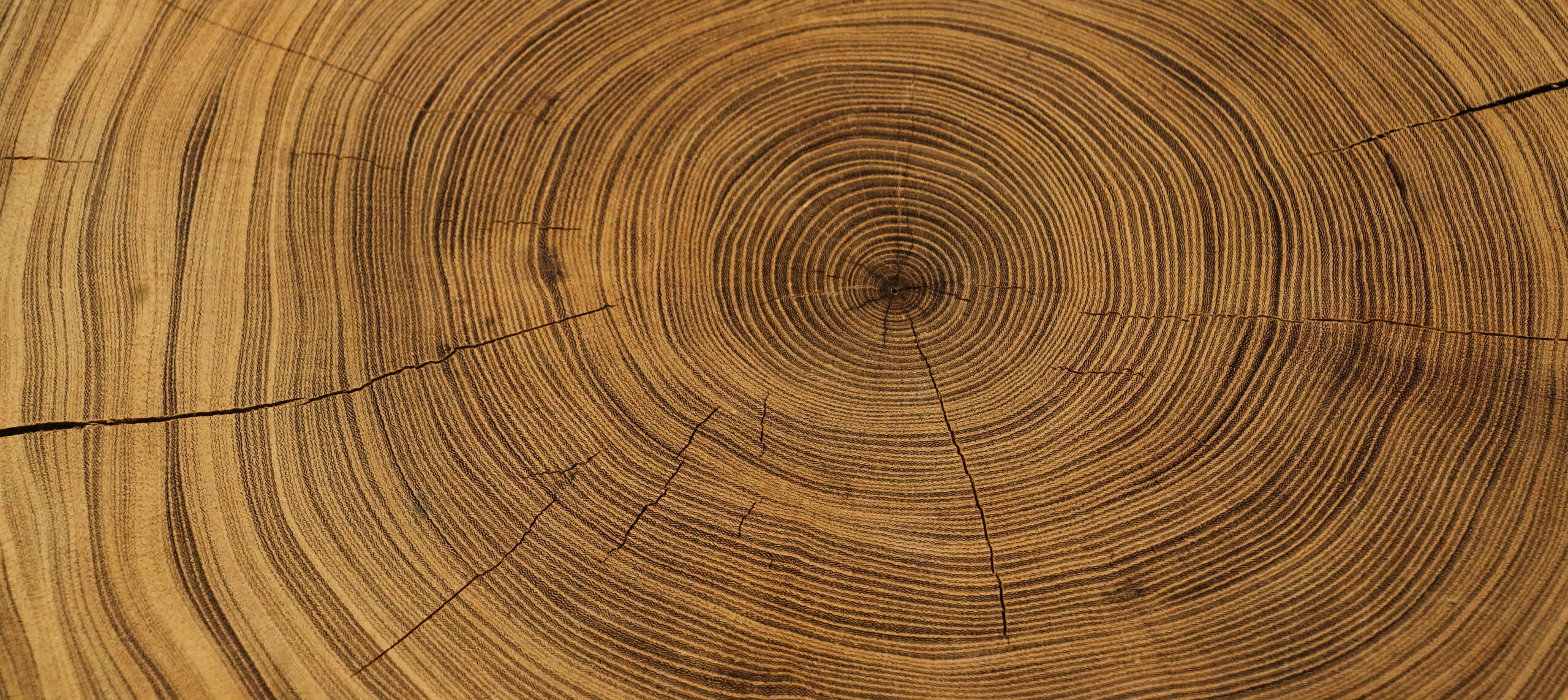18
Dec
Purchase Once, Save Twice: Buying for Longevity
0 Comment
Purchase Once, Save Twice: A Conversation with Tom Vielbig
Tom Vielbig and his wife were young—and maybe a little naive—when they excitedly bought a brand-new set of furniture for their first house. It was on the cheap side, and they both thought they’d gotten an absolute steal. Nearly a year later, the truth was revealed: falling apart and disheveled already, the couple had to replace it within the year.
As I chatted with Tom, owner of Backyard Living in Ridgewood, he admitted that they’d done little-to-no research on furniture beforehand and fell into the all-to-common trap of the limited time offer.
Fast-forward to the present-day, and Tom has owned Backyard Living for over 20 years. And he has sure learned a thing or two about identifying high quality, well-crafted furniture items and patio products. Over his career, Tom has noticed changes in the way that manufacturers package their products; while 10-20 years ago most companies were using Styrofoam, in recent years he’s observed the most innovative of the bunch avoid its use and opt for more environmentally friendly alternatives like corrugated boxes. I’ve asked him to share his advice on buying sustainable products in New Jersey, which I’ve summarized below.
Buying Higher Quality Products Will Save You Money
High-quality items (often more expensive) will save you money in the long run; they will last much longer, and, depending on the product, can even last a lifetime. Some of the best manufacturers will have a lifetime guarantee. On the other hand, while low-quality items may be a cheaper initial investment, they need to be replaced far more often—depending on the product this might be every season, every year, or every few—whatever it is, the total cost of ownership is far greater. (This is the purchase price, costs of operation, and repairs, for every replacement that must be bought). Over years, this is hugely significant.
 LED lightbulbs, for example, are typical 2 or 3 times more expensive to purchase at the store than incandescent or halogen bulbs. But, but LED’s use 75% less energy, and last 25 times longer. In fact a study on lightbulbs by the Consumer Federation of America concluded that buying LED lightbulbs instead of incandescent or halogen lightbulbs for a home with 20 bulbs will save you over $1,000 over a 10 year period. Which means that spending about $55 more today will save you $1,000 over the next 10 years, well worth paying a little bit more for the initial lightbulbs. Plus you do not need to replace the bulbs every year, which is always a pain, and you will save a ton of energy production reducing your carbon footprint.
LED lightbulbs, for example, are typical 2 or 3 times more expensive to purchase at the store than incandescent or halogen bulbs. But, but LED’s use 75% less energy, and last 25 times longer. In fact a study on lightbulbs by the Consumer Federation of America concluded that buying LED lightbulbs instead of incandescent or halogen lightbulbs for a home with 20 bulbs will save you over $1,000 over a 10 year period. Which means that spending about $55 more today will save you $1,000 over the next 10 years, well worth paying a little bit more for the initial lightbulbs. Plus you do not need to replace the bulbs every year, which is always a pain, and you will save a ton of energy production reducing your carbon footprint.
When buying a new product, do your research online but also talk to local experts in Ridgewood, like Tom at Backyard Living. Even if you don’t end up buying the item from your local shop, at least you will know what to look out for. You’ll receive some advice on common traps, and you’ll decrease the likelihood of misjudging the quality or utility of a product and having that initial “deal” cost you significantly more in the long-term. (Of course, this is the more sustainable option too, because far less of our planet’s limited natural resources will be consumed in the process).
Buying Higher Quality Products Reduces Waste
Manufacturers that care to produce high-quality items care about every single detail when it comes to the production, sale, and packaging of the product because they want the entire experience to be of high quality. Well-made products significantly reduce the chance that an item will need to be returned, replaced, or shipped back to be fixed. When products are cheap, usually manufacturers won’t even bother fixing the product, because it is actually cheaper and easier to replace it with a new one. This is an incredible waste of finite natural resources. (All manufacturing originate in natural resources, use energy, and produce waste).
Back to Tom’s observation on packaging … Nowadays, a business owner like Tom is receiving half a bag of Styrofoam packing peanuts a month. If this was twenty years ago, he would have received thirty bags full. Interestingly, now that more companies are using corrugated cardboard to ship furniture, he has actually seen a significant drop in the number of items that are damaged in the shipping process. Less damaged product means less of a need to fix, replace, or send back items; it also means higher efficiency, less unnecessary natural resource consumption, and happier businesses and customers.
When looking to buy a product, Tom said to “look for certifications on products”. For example, all of the teak wood furniture that Tom sources is FSC certified, meaning that the product is made of sustainably forested teak. The trees are allowed to regenerate, or they are replanted and each piece of furniture can be traced all the way back to the exact tree location. Other common certifications include Energy Star for energy-efficient appliances, the B Corp certification which ensures the business is benefiting society, the Fair Trade certification for coffee and tea ensures safe working environments, and the Climate Neutral certification which rigorously ensures that companies are offsetting their carbon footprint.
These certifications are reliable. They help to guarantee that your product was made sustainably and means that the company has taken an interest in the environmental/social impact of their product and suggests something about their overall integrity.
So, next time you are out buying something for your home, pantry, or closet, make sure to look for one of these certifications, and allocate some time to researching other certifications that might be relevant to the category of product you are buying.
Avoid Buying Products That Are Shipped in Styrofoam
Styrofoam is not easy to recycle, taking hundreds of years to breakdown. When it does, it disintegrates into really small particles that are impossible to properly dispose of and contaminate the natural environment; often accidentally consumed by animals, these tiny particles can collect in their bodies, sometimes reaching fatal levels.
Styrofoam is toxic for us too. Especially when heated (think hot coffee or tea) or ingested by young children. Children are particularly vulnerable due to the thin nature of their skin. So if you have little ones in the house please put it out of reach until you properly dispose of it (more on this below).
Styrofoam takes 500 years to decompose— and that’s in perfect conditions. But the way Styrofoam is dumped into landfills significantly increases that timeline. Experts say that more realistic projection could be up to 1 million years.
Most companies are moving away from the use of Styrofoam as consumers continue to demand alternatives. However, it’s still likely that you might try out a new brand, open the box, and discover the package is completely filled with Styrofoam.
This is can be extremely frustrating! I recommend that you do your research on how a company packages their products.
Environmentally conscious companies will tell you exactly what their products are made of, and how they are packaged. Companies like REI, Allbirds, Revibe, Blueland, and many others do not use Styrofoam and use little to no plastic in their product packaging.
These days there are enough available alternatives, that if a company is using Styrofoam, they are unlikely to value product quality and longevity. This kind of packaging is hallmark of cheap mass production.
If you end up receiving a Styrofoam-filled package—on occasion this can happen even despite our best efforts—the best option is to re-use it, if possible. For example, Tom says he drops all of his packing peanuts off at his closest UPS store so they can reuse them.
It turns out you can actually recycle Styrofoam; the catch being that it’s not accepted in normal curbside New Jersey recycling. It needs to be dropped off at a Styrofoam-accepting recycling center. You can find your closest one here. It’s worth noting that depending on whether the Styrofoam was used for food or for packaging and what each facility accepts.
The Greater Picture
Overall, transitioning to buying high-quality products will actually keep money in your pocket and improve the North Jersey environment, and for the entire globe.
When you buy something you are literally voting with your dollars. So when it comes time to upgrade to you new patio furniture, buy a new tv, or a new backpack for your child, don’t be afraid to pay a little extra now or put in a little extra work in finding the best and most sustainable products, because that initial investment in time and money will greatly payoff for years to come.
If we all do our part to make better more educated choices, then our future generations will be able to enjoy this beautiful pale blue dot we call home.
Share Post:
